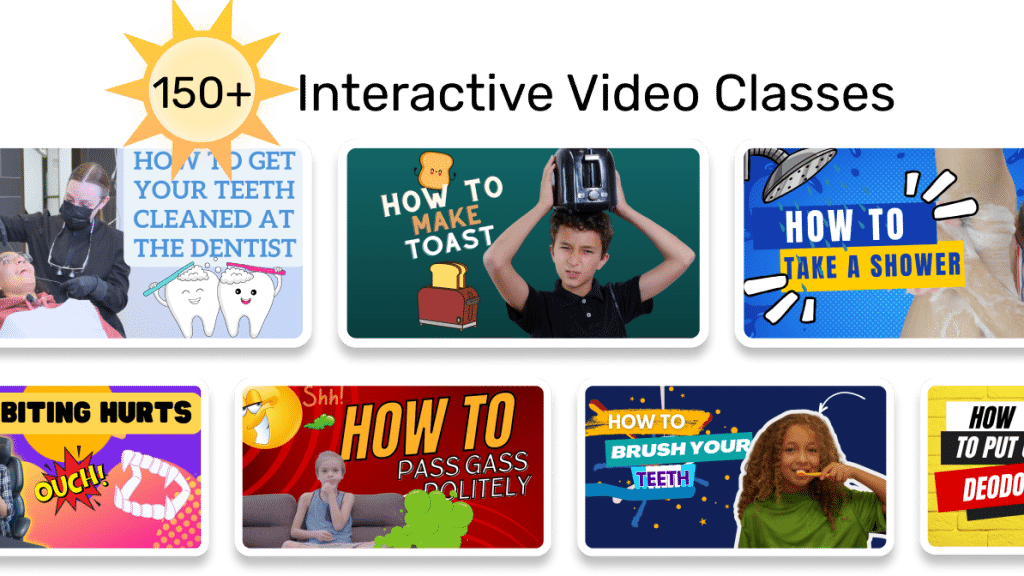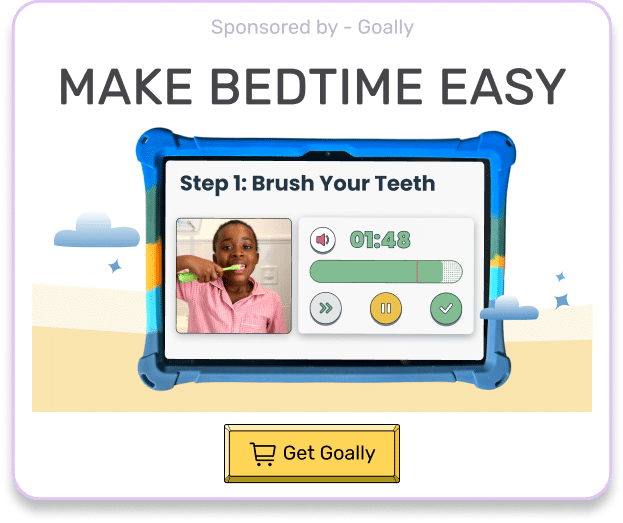Parents are experts at navigating the challenges that come with raising a family, especially when their child faces unique difficulties. Your knowledge is power, and when it comes to supporting your neurodivergent child, understanding the types of disabilities that qualify for Supplemental Security Income (SSI) benefits can be invaluable. In this guide, we’ll explore a list of child disabilities that may qualify your child for SSI support, providing you with essential resources to help them thrive.
Table of Contents
Understanding SSI Benefits for Kids with Special Needs
SSI benefits offer financial assistance to individuals with disabilities, including kids with thinking and learning differences. This support can help cover costs like medical care, therapies, and adaptive equipment. Furthermore to qualify, your child’s disability must meet specific requirements established by the Social Security Administration (SSA).
Let’s dive into the various types of disabilities that may qualify your child for SSI benefits:
The List of Child Disabilities That May Qualify for SSI
1. Autism Spectrum Disorder (ASD)
Kids with ASD face challenges in communication, social interaction, and behavior. The SSA evaluates the severity of ASD based on the child’s ability to engage and respond to their environment. If your child’s autism significantly impacts their daily functioning, they may qualify for SSI benefits.
- Difficulty with social interactions and communication
- Repetitive behaviors and restricted interests
- Varied symptoms and abilities due to the spectrum nature of autism
2. Attention Deficit Hyperactivity Disorder (ADHD)
Furthermore, children with ADHD struggle with attention, impulsivity, and hyperactivity. To be eligible for SSI, the symptoms must cause severe functional limitations in multiple settings, such as home, school, and social situations. The SSA will consider how ADHD affects your child’s ability to focus, complete tasks, and follow instructions.
- Inattention, impulsivity, and hyperactivity
- Difficulty with organization, planning, and time management
- Challenges in academic and social settings

Read more: How to Help a Child With Learning Disabilities
3. Learning Disabilities
Next, we see no list of child disabilities would be complete with out learning disabilities, such as dyslexia, dyscalculia, and dysgraphia, can hinder a child’s ability to process, understand, and express information. The SSA evaluates learning disabilities based on the child’s IQ score and academic performance. If your child’s learning disability significantly impacts their ability to learn and achieve in school, they may qualify for SSI benefits.
| Learning Disability | Description |
|---|---|
| Dyslexia | Difficulty with reading, spelling, and writing |
| Dyscalculia | Difficulty with math concepts and calculations |
| Dysgraphia | Difficulty with handwriting and fine motor skills |
4. Intellectual Disability
Moreover intellectual disability affects a child’s cognitive functioning, including reasoning, problem-solving, and adaptive skills. Next to qualify for SSI, a child must have an IQ score of 70 or below and exhibit significant limitations in daily living skills, such as communication, self-care, and social interactions.
- Challenges with learning, reasoning, and problem-solving
- Difficulty with adaptive skills, including self-care and communication
- IQ score of 70 or below

Read more: How to Apply for SSI for a Child With Autism
5. Speech and Language Disorders
Additionally kids with speech and language disorders have difficulty understanding, expressing, or processing language. To be eligible for SSI, the disorder must cause severe communication impairments that affect the child’s daily functioning and interactions with others.
- Difficulty understanding or expressing language
- Challenges with pronunciation, fluency, or voice
- Impact on daily functioning and social interactions
Goally | The Safest Tablet for Kids

6. Hearing Loss
Next, Hearing loss can significantly impact a child’s ability to communicate and learn. The SSA evaluates hearing loss based on the child’s hearing threshold levels and speech discrimination scores. If your child has profound hearing loss, they may qualify for SSI benefits.
- Difficulty hearing or understanding speech
- Impact on communication, learning, and social interactions
- Evaluation based on hearing threshold levels and speech discrimination scores
7. Visual Impairment
Visual impairment can limit a child’s ability to access information and navigate their environment. The SSA considers the severity of the visual impairment based on the child’s visual acuity and visual field measurements. If your child’s vision cannot be corrected with glasses or contact lenses, they may be eligible for SSI benefits.
- Difficulty seeing or recognizing objects
- Impact on learning, mobility, and daily activities
- Evaluation based on visual acuity and visual field measurements
8. Cerebral Palsy
Cerebral palsy affects a child’s muscle tone, movement, and coordination. To qualify for SSI, the disability must result in severe functional limitations, such as difficulty walking, speaking, or performing daily tasks.
- Challenges with muscle tone, movement, and coordination
- Impact on walking, speaking, and daily activities
- Various types and severity levels of cerebral palsy
9. Epilepsy
Epilepsy is a neurological disorder characterized by recurring seizures. The SSA evaluates epilepsy based on the frequency and severity of seizures, as well as how they affect the child’s daily functioning. If your child’s epilepsy is not well-controlled with medication, they may be eligible for SSI benefits.
- Recurring seizures with varying severity and frequency
- Impact on daily functioning, safety, and cognition
- Evaluation considers seizure control with medication
10. Muscular Dystrophy
Muscular dystrophy makes the list of child disabilities. It causes progressive muscle weakness and loss of muscle mass. If your child’s muscular dystrophy significantly limits their ability to move and perform daily activities, they may qualify for SSI benefits.
- Progressive muscle weakness and loss of muscle mass
- Impact on mobility, self-care, and daily tasks
- Various types of muscular dystrophy with differing severity
Applying for SSI Benefits: A Step-by-Step Guide
Now that you are armed with a better understanding of the list of child disabilities that may qualify for SSI benefits, follow this step-by-step guide to applying for assistance:
- Review the SSA’s eligibility criteria to determine if your child may qualify.
- Gather supporting documentation, such as medical records, school reports, and therapy evaluations.
- Complete the SSI application online or schedule an appointment at your local Social Security branch.
- Submit the application and supporting documents to the SSA for review.
- Wait for a decision. The SSA may take several months to process your application and determine your child’s eligibility.
Goally | Apps To Support Child Development
Looking for fun ways to help your child learn life skills? Try Goally! The Goally tablet comes with award-winning learning apps and video classes to help kids develop the skills they need to become independent with FUN & evidence-based practices.

Our apps teach executive function, language, emotional regulation, finger dexterity skills, and more.
As your child develops new skills, you can increase the difficulty level of the tasks in the app to challenge and motivate them even further. This helps your child grow and progress at their own pace, while also keeping them engaged and excited about their development.

To wrap-up, With the right information and resources at your fingertips, you can help unlock the financial support your neurodivergent child needs to reach their full potential. Keep advocating for your amazing child, and together, you can break through the obstacles.
FAQ’s About List of Child Disabilities
What are visual schedules and how are they used? Visual schedules use images to represent tasks, helping children understand their routine and improve their time management and organizational skills. How do emotional regulation apps work? Emotional regulation apps help children identify their emotions and provide them with strategies to manage anxiety, anger, or sadness. How can rewards support children with disabilities? Rewards serve as positive reinforcement for children, making them more likely to repeat desirable behaviors or work harder on difficult tasks. What are some common child disabilities that can be helped with these tools? Autism, ADHD, dyslexia, and emotional disorders are among the disabilities that can benefit from visual schedules, emotional regulation apps, and rewards. Are there any specific apps or tools recommended for children with disabilities? Yes, there are many apps available that are specifically designed to help children with disabilities, such as Proloquo2Go for communication and Headspace for Kids for emotional regulation.
This post was originally published on 04/18/2023. It was updated on 06/23/2023.

Goally
We help parents teach their kids life skills, like doing bedtime and morning independently. Backed by science, we incorporate evidence-based practices and expert-informed designs in all of our apps and content.






